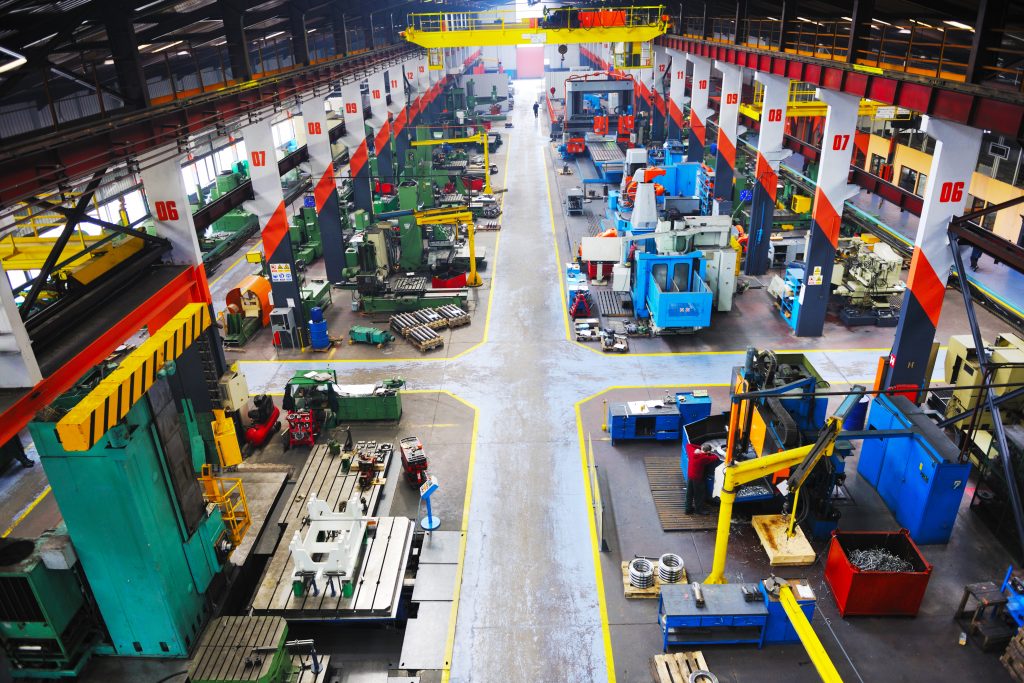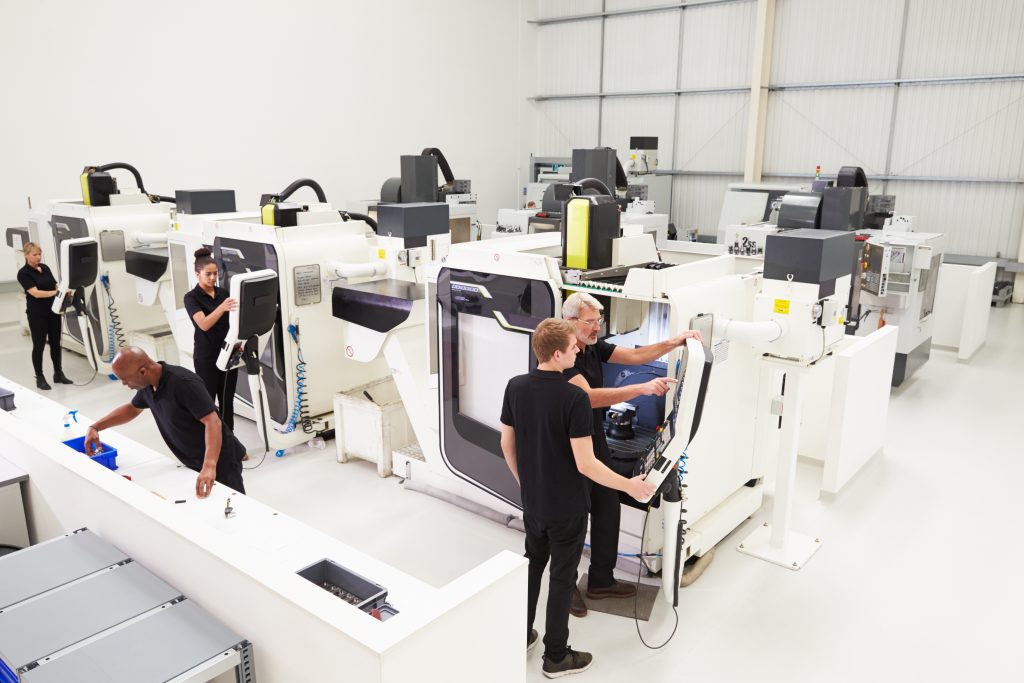People and process
As industrial workplaces become more automated and virtual, manufacturers will need to work harder to bring people together in more meaningful ways, writes workplace strategy and design specialist Nicola Gillen.
How will Industry 4.0 change the way people work? While more automation is likely to lead to fewer people on the factory floor, the convergence of next generation IT such as the IoT, cloud computing, big data and predictive analytics, are inevitably creating more positions for highly-skilled IT and data specialists, potentially balancing out production line job losses.
Attract and retain
To attract more highly skilled workers capable of analysing large amounts of data and managing complex IT infrastructure, manufacturers, educators and governments will need to come together to develop and provide training, apprenticeships and long-term strategies to attract and retain the best staff. The European Parliament’s Industry 4.0 Digitisation for productivity and growth report states that by 2020, labour markets in the EU could be short of as many as 825,000 information and communications technology professionals, with the impact likely being greatest in advanced manufacturing, where big data analysts and cybersecurity experts are required.
New conversations
For this reason, the conversation around people and the future of manufacturing ought to go deeper than just numbers; as production becomes more automated, the nature and quality of human connection will become even more important in drawing in and retaining the best staff.
While we are now more digitally connected than ever, smarter, virtual technologies are impacting our ability to communicate and exchange ideas in meaningful ways — we no longer have conversations like we used to. The richness of physical place and the role it plays in an otherwise virtual and automated world is key to ensuring industrial workers continue to talk, exchange ideas, and innovate. The quality of the physical work environment and experience is also at the centre of wellbeing in the workplace.
Enriching space
To truly collaborate and innovate, future factory design needs to be as much about people as it is now about processes.Typically, industrial spaces often have clear boundaries around factory equipment. While more automation will inevitably lead to more machine-heavy areas, there’s an opportunity for factories of the future to ‘plug in’ people spaces such as write up and virtual collaboration areas, or organise spaces for employees around automation and shop floor technologies.
Anywhere, anytime
In our increasingly digital world, the future of productivity and wellness is also about reorganising work around people wherever they are. More automation and wireless connectivity could see engineers reading machine outputs and monitoring the plant floor remotely — they won’t have to be in the factory any more. Digital connectivity and increasingly intelligent tools and robots could give staff the flexibility and choice to spend Monday and Tuesday engaging with clients and colleagues on the factory floor, Wednesday working from home and Thursday and Friday at head office.
Industrial insights
Through strategic workplace planning and design it’s possible to measure how and where people work in buildings to design spaces that increase productivity and collaboration while making the best use of the building.
AECOM’s global Time Utilisation Study database, which contains 25 years of data observing and measuring hourly office space use over time, shows that the average workspace is only occupied 42 per cent of a typical working day.
While the research is centred on data gathered from offices, the same studies can be carried out in factory workspaces, leading to spaces where humans can feel as integral to production as machines.
In recent years, we’ve supplemented our own data with analysis of our clients’ existing data. For example, security badge swipe-data provides insights into comings and goings, VPN login data can illuminate mobile working habits, conference room reservation data can identify collaborative behaviours, and car park data can provide insights into commuting behaviours.
By combining data, we can gain an even deeper understanding of how our clients work, enabling us to customise workspace designs suited to a business’s function and organisation.
To truly collaborate and innovate, future factory design needs to be as much about people as process.
The manufacturing landscape
Today …
Write-up, collaboration and research and development spaces are often not ‘connected’ to the factory floor. Buildings are often cold, hard and sterile with little natural light.
Equipment and factory shell usually determine the unit of design. Buildings tend not to consider design qualities such as human scale, comfort, colour or inspiration.

Tomorrow …
Building design should be centred on people, as well as process and logistics.
Facilities should include a broader range of settings that match what people do, such as spaces for virtual collaboration and serendipitous interaction.
Change management is vital; how people behave and adapt to new ways of working will be just as important as the spaces where they work. The space by itself will do little without staff engagement within it.
The future will be about more than connecting people with machines and machines with machines — it will be about connecting people with each other within and across sites, from any location, including monitoring data outputs from home.







